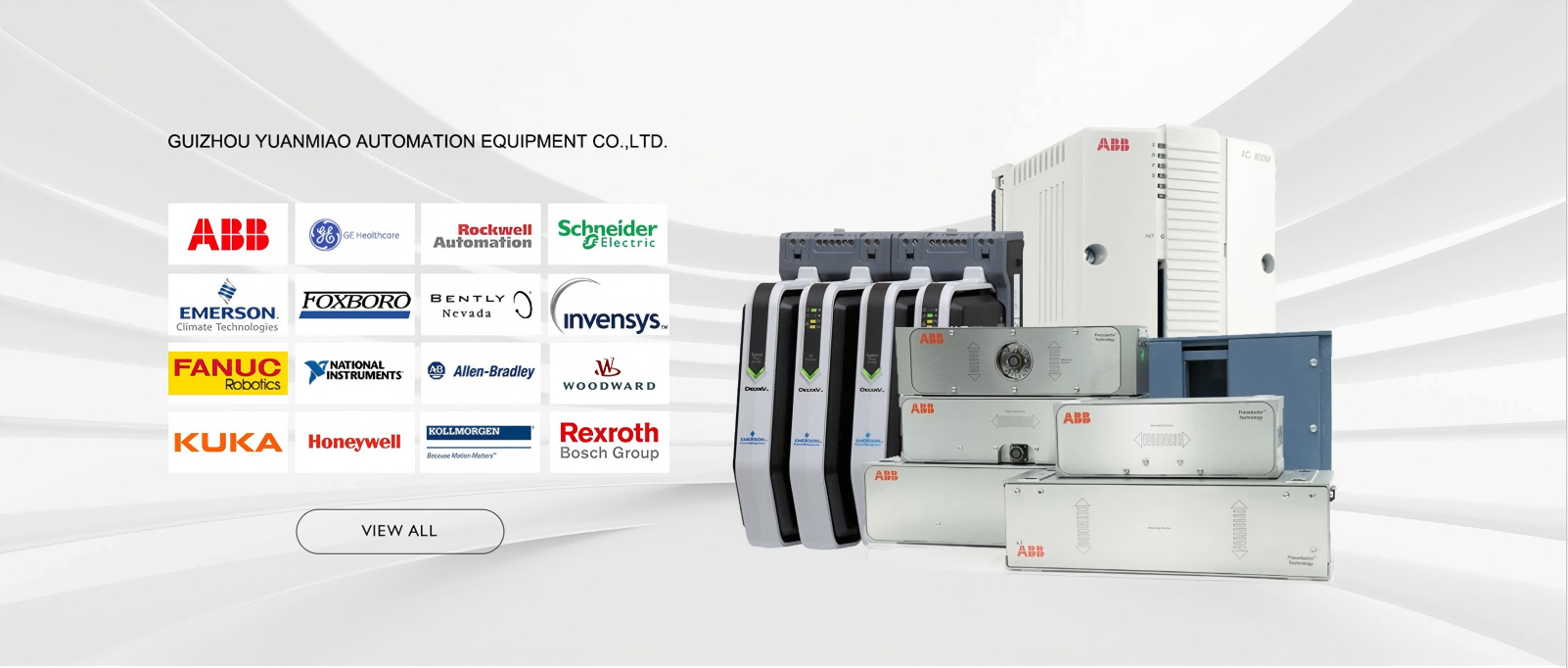PLC/DCS module
Featured
Contact Us
Contact: YMGK Industrial Control
Phone: +86 18059884790
E-mail: plc66@qq.com
Add: fujian xiamen
It includes user data structure, user component area allocation, user program storage area, user parameters, file storage area and so on.
1. User data structure
There are three main categories of user data structures:
The first type is bit data. The second type is word data. The third type is the mixture of word and bit
2. Element of logic
(1) Input relay (X0 ~ X177) The input terminal of PLC is the window that receives signals from the external switch. The FX2 input relays are up to 128 points, are octal numbered, and cannot be programmed.
(2) Output relay (Y0 ~ Y177) The output terminal of PLC is the window to output signals to the external load. The FX2's output relays are up to 128 points and are numbered octal. The drive of the external load must be performed by the output relay.
(3) Auxiliary relay (M)
① General auxiliary relay M0 ~ M499 (500 points)
(2) Power outage maintenance auxiliary relay M500 ~ M1023 (524 points)
③ Special auxiliary relay M8000 ~ M8255 (256 points)
(4) State element (S)
The state element S is an important soft element in the programming of stepping cis control system. It is used in combination with the stepping cis instruction STL described below. There are four types:
Initial state S0 ~ S9 (10 points) Return to zero S10 ~ S19 (10 points)
General S20 ~ S499 (480 points) Keep S500 ~ S899 (400 points)
(5) alarm (S) for the status of the alarm element: S900 ~ S999 (100 points). Part of the state element can be used as an external fault diagnosis output.
(6) Pointer (P/I)
① Branch instruction with pointer P0 ~ P63 (64 points)
② Interrupt pointer I0 □□ ~ I8 □□ (9 points)
(7) Timer (T) (word, bit)
① Action and component number of timer
In PLC, timer is based on the clock pulse accumulation time, clock pulse has 1ms, 10ms, 100ms, when the calculated time reaches the set value, its output contact action.
The component number, set value and action of the timer are as follows:
• Timer (T0 ~ T245)
100ms timer T0 ~ T199(200 points)
Set the value to 0.1 to 3276.7 seconds
10ms timer T200 ~ T245(46 points)
Set value 0.01 to 327.67 seconds
(b) Integration timer (T246 ~ T255)
(2) Timing and precision of contact action
From the drive timer coil to the action of its contacts, the action precision of timing contacts can be roughly expressed as follows:
(8) Counter (C) (word, bit)
① Internal signal counter
An internal signal counter is a counter that counts the signals of internal components such as X, Y, M, S, T, and C while performing a scan operation.
• Increase the counter by 16 bits
There are two types of 16-bit binary increment counters:
Universal: C0 ~ C99 (100 points)
Power outage maintenance: C100 ~ C199 (100 points)
Its set value is between K1 and K32767
• 32-bit bidirectional counter
There are two kinds of 32-bit increase/decrease counters:
Universal counter C200 ~ C219 (20 points)
Keep counter C220 ~ C234 (15 points)
Its set value is -2147483648 ~ +2147483647. The direction of counting is determined by special auxiliary relays M8200 ~ M8234. If the special auxiliary relay is switched on (set 1), the count is reduced; otherwise, the count is increased.
② high speed counter
Although C235 to C255 (21 points in total) are high-speed counters, they share six high-speed count inputs (X0 to X5) on the same PLC. The choice of high-speed counter is not arbitrary, it depends on the type of counter required and the terminal of the high-speed input. The counter types are as follows:
1 Phase None Start/Reset terminals C235 to C240
1 Phase start/reset terminals C241 to C245
2 phase bidirectional C246 ~ C250
2 Phase A-B phase C251 to C255
Figure 6-16 High-speed counter
(9) Data register (D)
Programmable controller is used for analog quantity control, position quantity control,
Data I/O requires many data registers to store parameters and working data.
① General data register D0 ~ D199 (200 points)
As long as no other data is written, the data that has been written will not change. However, when the PLC state changes from RUN to STOP, all data will be cleared to zero.
② Power outage hold data register D200 ~ D511 (312 points)
As above, the original data will not be lost unless overwritten. Whether the power supply is connected or not, the PLC is running or not, its content does not change. When two PLCS communicate point to point, D490 ~ D509 is used as communication operation.
③ Special data registers D8000 ~ D8255 (256 points)
These data registers are used to monitor the operation mode of various components in PLC. Its contents are written to the initial value when power ON (ON) (all first zeroed out, and then arranged by the system ROM to write the initial value).
④ File register D1000 ~ D2999 (2000 points)
File register is actually a kind of special data register, used to store a large number of data, such as collection data, statistical calculation data, multiple groups of control parameters, etc.
• Address register (V/Z) (word)
The addressed registers are similar to the addressed registers IX and IY in Z 80 and are usually used to modify the component number of soft components. Both V and Z are 16 bit data registers.
www.xbplcdcs.com/







